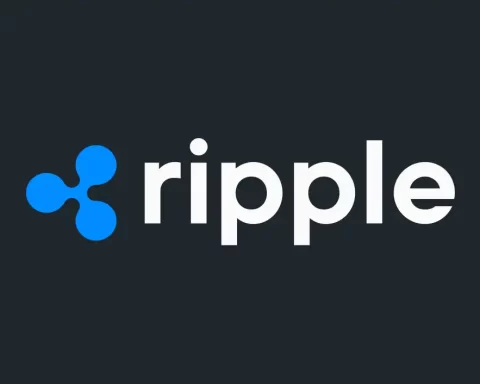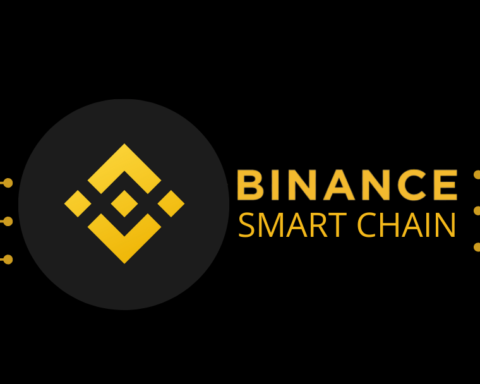Liquid staking tokens (LSTs) are on track to replace Ethereum’s native cryptocurrency, Ether (ETH).
While ETH currently stands at $1,869, the LST market has already reached an impressive value of approximately $17 billion since Ethereum’s Merge.
The advantages of LSTs over traditional ETH are becoming increasingly evident to liquidity providers (LPs), signaling a new era of LST dominance.
Following the Merge, ETH can be staked to yield around 4% annually, depending on various factors.
This development is significant, considering ETH’s stability compared to more volatile cryptocurrencies. ETH now offers a combination of staking yields and gradual price stability and appreciation.
This new ability to stake ETH and earn yield presents ETH holders with a dilemma: should they provide liquidity with their ETH and hope for fees, or should they stake their ETH for a surefire yield?
LSTs offer a solution for LPs, as they unlock the value of staked tokens, providing a liquid “receipt” token that can be freely traded and used as collateral within decentralized finance (DeFi) protocols.
\LSTs grant tokenholders flexibility to participate in various activities across different networks while still earning ETH staking rewards.
LPs can now earn staking yields from ETH while utilizing LSTs to provide liquidity in automated market makers (AMMs).
READ MORE: French Data Protection Agency Investigates Worldcoin
Additionally, LSTs offer a more accessible entry point than regular ETH staking, appealing to new audiences and smaller investors.
The argument that LSTs will replace ETH in DeFi becomes apparent when considering that supplying ETH to an AMM instead of an LST results in sacrificing roughly 4% APR.
As the crypto space continues to evolve, LSTs offer a more effective way to earn yield, making their adoption highly likely.
While the transition to LSTs will take time, early trends indicate a growing interest in liquid staking platforms.
The Ethereum Shanghai upgrade, enabling easy unstaking, has paved the way for LSTs’ potential growth.
Already, protocols like Lido and Swell Network are experiencing significant increases in staked ETH.
The widespread adoption of LSTs could lead to their dominance in decentralized exchanges, potentially replacing ETH altogether as the go-to token in crypto.
Embracing LSTs could attract new users and inject new life into the industry after a period of stagnation.
In conclusion, while ETH remains familiar to many, LSTs offer a compelling alternative in the DeFi space.
Exploring the emerging LST ecosystem presents a unique opportunity for investors to maximize their impact and potentially contribute to a positive transformation in the industry.
With the rise of LSTFi, the crypto landscape may witness a shift where all ETH is staked through liquid staking protocols, and LSTs become the primary choice for trading and other activities.
Other Stories:
Worldcoin’s Iris Scanning Project Raises Privacy and Sovereignty Concern
Kyrgyzstan Expands Cryptocurrency Mining with Government Backing at Hydro Power Plant
French Data Protection Agency Investigates Worldcoin




